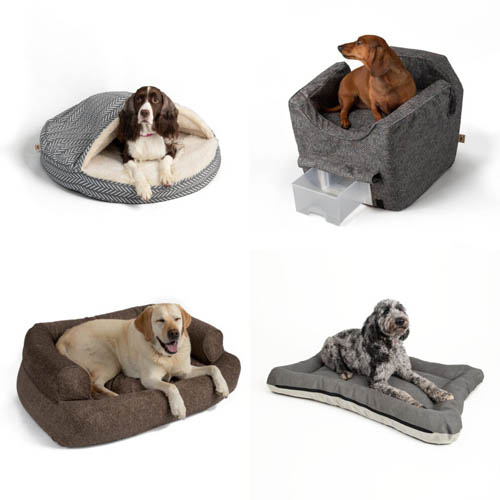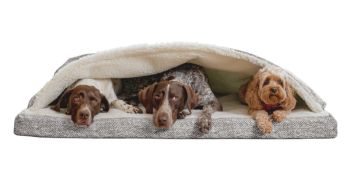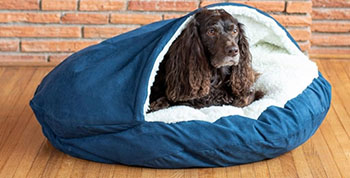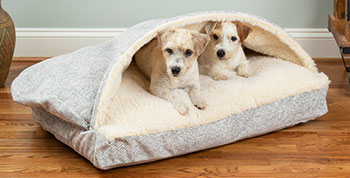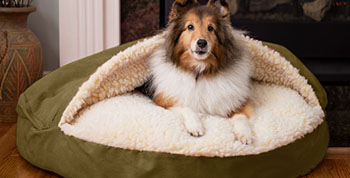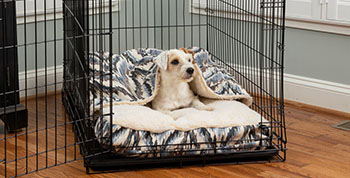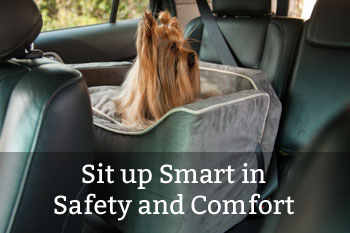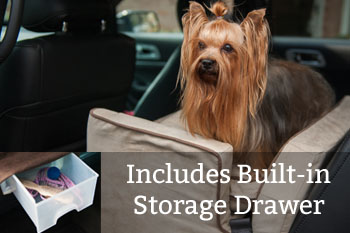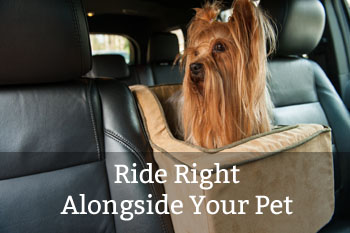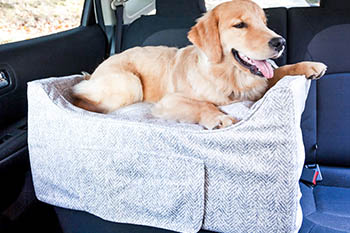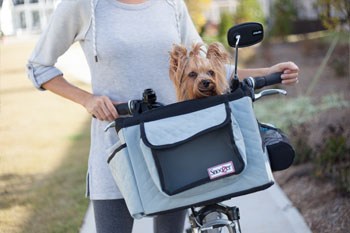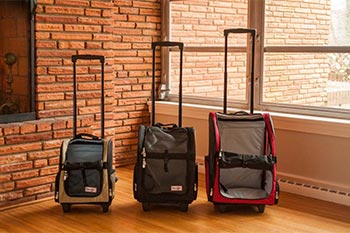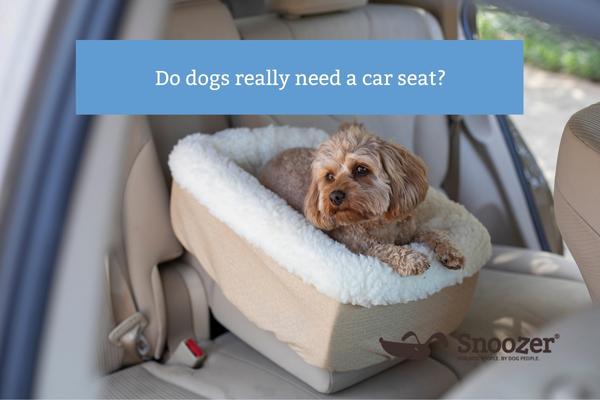Do dogs need car seats?
Do dogs really need a car seat?
The short answer is yes, dogs need car seats or some other kind of restraint when they ride in the car. Still, many dog owners don’t restrain their dogs, either because they don’t want to take the time, don’t think it’s a big deal, or don’t know what their options are.
Read on to discover why it’s a bad idea to leave your dog unrestrained in the car and what your options are when it comes to dog car seats and other restraint methods.
Is it Dangerous for a Dog to Ride in a Car Unrestrained?
Just like people, dogs are significantly more likely to die or become injured in a car accident if they’re unrestrained. The force from the impact can propel their body forward into the seat in front of them or into (or through) the windshield. The speed of the car doesn’t need to be very high for severe damage, either; while crashes at 60 mph or 70 mph are much more likely to lead to serious injuries and fatalities, these can also occur in crashes at speeds as low as 25 mph and 30 mph.
A dog riding on the driver’s lap up front or in the front passenger seat is also at risk of being injured or killed if the airbag deploys.
Unrestrained Dogs Act Like a Deadly Projectile in a Crash
Unrestrained dogs aren’t just a danger to themselves, but to the driver and the passengers in the car, too. Dogs that ride unrestrained in the backseat act like a projectile during a crash, and if they’re launched into one of the front seats from behind, they can cause injury or death to the driver or passenger. That’s because at the moment of impact, your medium-sized 40-pound dog isn’t hitting you with the force of 40 pounds, but with a much higher force. Maybe you remember f = ma from high school physics – force equals mass times acceleration – so at the moment of the crash, the drastic deceleration of the car multiplied by your dog’s weight can mean you’re being impacted by a force of thousands of pounds.
Check out this interesting crash calculator to see just how much force would be generated by your dog (or another passenger) in a crash at different speeds, with or without restraint. Here’s an example: In a crash that occurs at just 30 mph, a 40-pound dog exerts a force of 9,170 pounds if unrestrained, which can be strong enough to cause injury or death. If restrained, that number is 1,833 pounds. At higher speeds, the numbers are even more startling – 49,910 pounds of force are generated by an unrestrained 40-pound dog in a crash that occurs at 70 mph, compared to 9,982 pounds if restrained.
This should convince you that restraining your dog in the car is a necessity!
Unrestrained Dogs Are a Bigger Distraction
Unrestrained dogs can be a major distraction to the driver, and distracted driving is a major factor in thousands car crashes every year, including 8.5% of fatal car crashes that kill thousands, according to the NHTSA.
One unrestrained dog in Salt Lake City jumped from the backseat into the driver’s lap, causing the driver to flip the vehicle and crash into a power pole. (Fortunately, dog and human were uninjured.) While this type of extreme and newsworthy accident is uncommon, unrestrained dogs are still more likely to divert the driver’s attention away from the road, which is itself dangerous.
Options for Restraining Your Dog in the Car
Hopefully you’re convinced by now that restraining your dog when riding in the car is a must. Luckily there are a number of options for safely restraining your dog.
Dog car seat.
Dog car seats are great for smaller dogs and provide a safe and comfortable place for your dog to ride. Most dog car seats are designed to be secured to the backseat using the seat belt system, then the dog’s harness is clipped onto attachments where the dog sits. Some also function as booster seats. Our popular Lookout Dog Car Seats at Snoozer are raised so your dog can look out the window and see the world go by! For dogs who prefer to ride up front, our Console Dog Car Seat is designed to fit snugly on the console between the two front seats. Here they can enjoy watching the road ahead without being at risk of injury from airbags.
Harness and seatbelt system.
If your dog is too large to fit in a dog car seat, you can skip the seat and attach their harness directly to a seatbelt in the backseat. But be sure to use a dog car harness, not a regular walking harness. An everyday walking harness isn’t designed to hold up to the forces exerted in a crash, whereas many dog car harnesses are created to withstand thousands of pounds of force. They are typically much sturdier, with more material on the chest to help spread forces due to impact, and often come with an extra piece that connects the harness to the seatbelt. This type of restraint can be used with other dog-friendly products like the Snoozer Dog Car Seat Cover, which covers the backseat to protect it from your dog and has slits to allow for a harness to be attached to the seatbelt.
Dog crate.
If your dog enjoys spending time in their crate, you can use that, as long as it fits in your car. Secure their crate inside the car, with a seatbelt in the backseat or a securing strap in the bed of a pickup, and then put your dog in their crate. If your dog’s crate is so big it needs to go into the cargo area of the SUV, consider adding a metal grate or barrier between the cargo area and backseat. This will prevent the crate from flying forward and injuring passengers in the event of a crash. Some are made specifically for dogs and have a little “door” that opens to give you access to the cargo area from the backseat.
Make Car Travel Safe and Comfortable for You and Your Dog
If you wouldn’t let your child ride in the car without a seatbelt, you shouldn’t let your dog ride unrestrained, either. As a responsible pet owner, you want to make sure that your dog is secured when riding in the car, both for their safety and the safety of everyone else traveling in the car. Fortunately, they can ride in comfort, too, whether they’re restrained in their dog car seat or by some other method.

